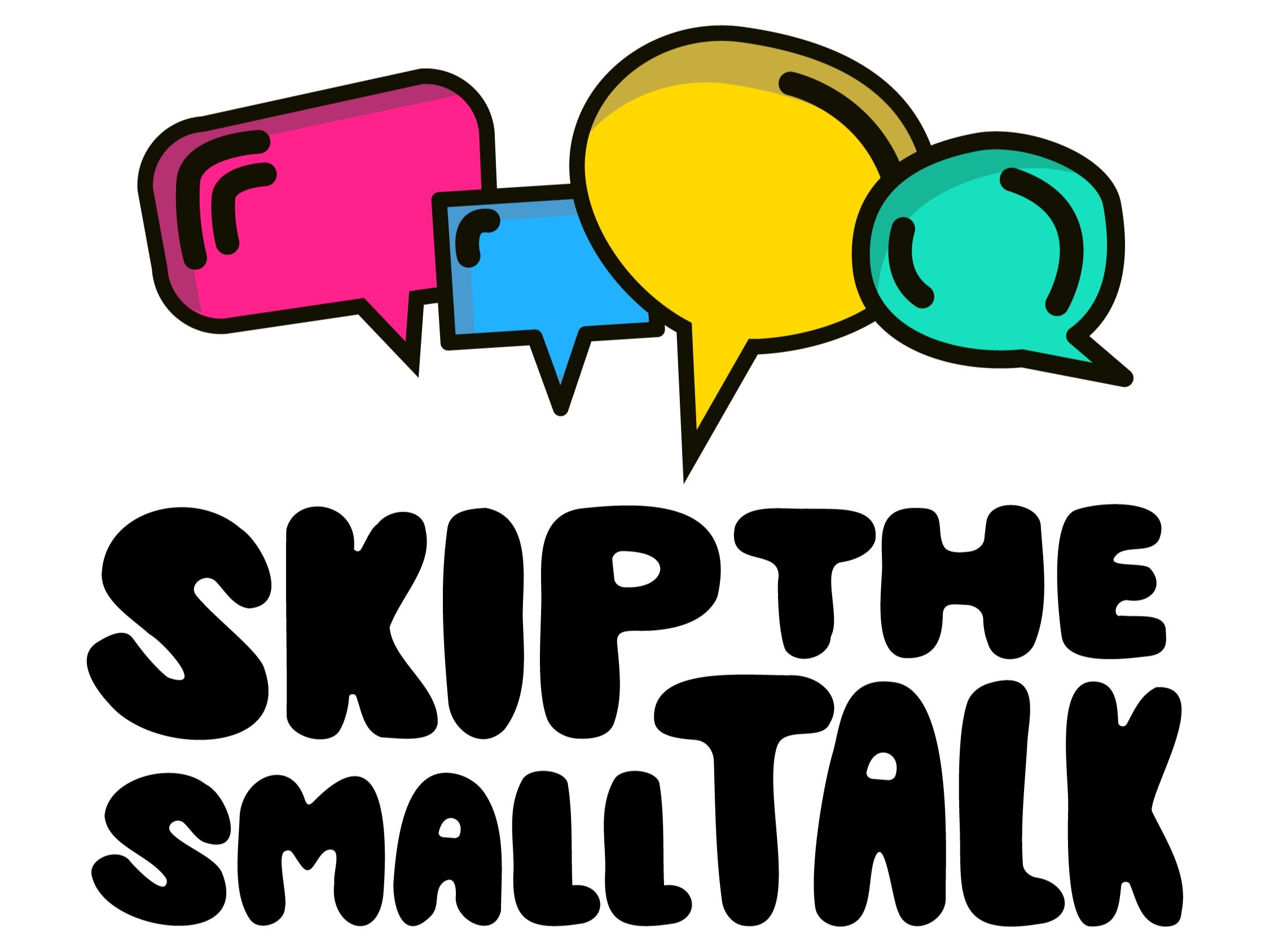Icebreakers that don't suck
Chances are, you have at least one memory of rolling your eyes at a forced “icebreaker activity,” or maybe you’ve led an icebreaker activity that led everyone in the room to emotionally “check out” for a bit. It can feel mortifying to be on either side of a poorly executed icebreaker activity, so whether you’ve been the eye-roller or the eye-rollee, it’s a totally common thing to happen, and you’re definitely not the first. It’s hard to come up with great icebreakers, and even harder to deliver them well! So here are some tips that’ll help you avoid that dreaded awkward silence after an icebreaker.
Pick an appropriate icebreaker. A huge mistake that people make is choosing an icebreaker that is either too vulnerable for the social situation or not vulnerable enough. You want to be the Goldilocks of vulnerability; you want to find a level that’s “just right.”
For instance, asking people to name their favorite color doesn’t give any interesting information that feels worth paying attention to— it’s not vulnerable enough. And asking people the hardest thing they’d been through in the past year is an unfair thing to ask in a group setting, because people are unlikely to get the emotional support they might crave in response to being that vulnerable— it’s too vulnerable for a group icebreaker.
So take some time to think about the level of vulnerability you’re shooting for in this group, and pick a level of vulnerability that you suspect this group would respond well to. If you’re looking for some specific ideas, here are some solid icebreakers for most settings.Take off the pressure. There’s just something about icebreaker activities that can put people in a mindset that makes them feel like they have to come up with the perfect answer, and that leads to people getting disproportionately stressed out. So as a leader, you have the opportunity to take the pressure off, which will help people feel a lot more comfortable.
One way to take the pressure off is to avoid superlatives in your questions— for example, don’t ask, “When were you the happiest?” Ask instead, “Tell me about a time you were really happy.” Don’t ask, “What fictional character do you most relate to?” Ask instead, “Who’s a fictional character you relate to?” It’s a small phrasing difference that makes a big impact in how people feel.
You can also reduce pressure by giving people the opportunity to opt out or make up their own question. Ironically, the less people feel like they’re being forced to do something, the likelier they tend to be to do it of their own volition. So let people opt out or make up their own question if they prefer— even if nobody takes you up on it, chances are that people feel more comfortable just having the option.Pick someone in particular to start. You might feel like you’re doing the group a favor to let the group decide who goes first, but often the first person to answer an icebreaker feels like they’re doing the group a favor in stepping up and taking the “hit.” You probably don’t want someone feeling like they’re martyring themselves for the sake of the group during an activity that’s supposed to be fun.
So either go first, yourself, or choose someone to go first. Have a predetermined order of who answers first so that people aren’t expending unnecessary social energy trying to figure out who should talk when. It’s actually quite a bit of a cognitive load, and it’s one that’s easy to relieve with just a couple sentences like, “Let’s start with me and then go in order starting from my right side. And if you don’t have an answer when we come to you, that’s totally fine— we can skip you and come back.” It’s a subtle difference, but one you’re likely to notice in how engaged people seem!
And if you’re in an informal setting where it would be inappropriate for you to dictate the order in which people answer an icebreaker question, you can create that order more informally by just naming people and asking them their answer to the question, one at a time. For example, “Meghan, I’m curious what your answer is.” Or, “Tyler, what’s your take?”
So feel free to try out some icebreakers the next time you’re in a group of folks who are trying to get to know each other better— it doesn’t have to be awkward and horrible! We promise! And if you’re looking for a little extra help getting people to know each other in a more formal setting like an office or school, we got you.

